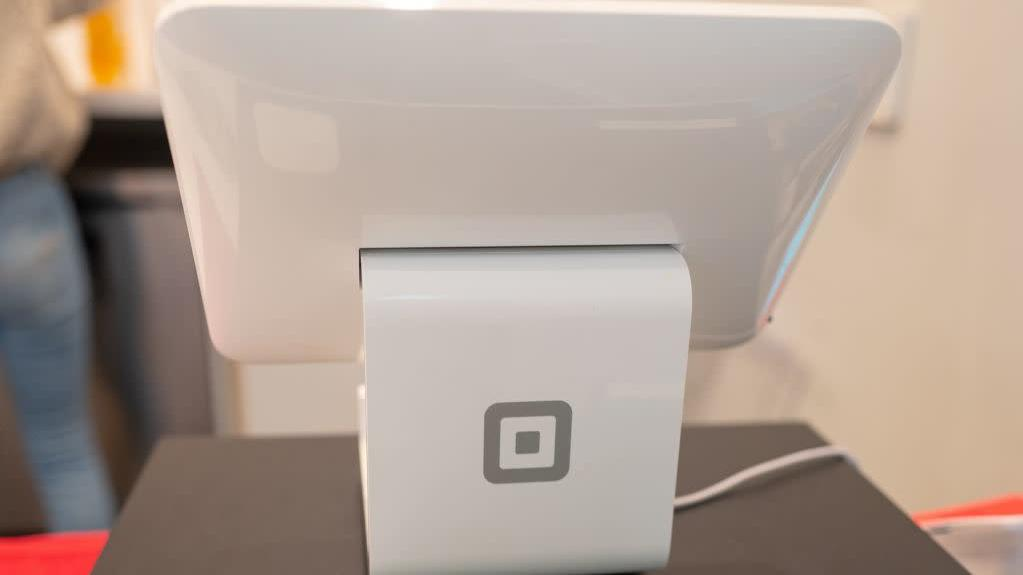The Pandemic Got Some Restaurants To (Finally) Embrace New Technology
Now that vaccine bandages are the latest Instagram fashion and the end of the pandemic is in sight, we can look back on the changes it brought and realize that not all of them were bad. Restaurant Business talked with several restaurateurs who admitted that although quarantine killed the restaurant biz as they knew it, it also gave them a good kick in the ass to try new technological innovations they'd been reluctant to use before.
Servers at the breakfast chain First Watch, for example, were still, as of last March, handwriting orders and clipping them to a pulley system in the kitchen, where a cook would yell the order to the rest of the kitchen staff. To-go orders were still taken over the phone. But after management realized that it would be a long time before customers sat their butts in booths again, they decided to invest in 21st century technology. Within four days, First Watch had installed chit printers in all its kitchens and built a new online ordering system and mobile app. Orders immediately began popping out of the new printers. It was, everyone agreed, a worthwhile investment.
Thousands of other restaurants and coffee shops found themselves in a similar position and also had to learn to adjust to no-contact service, though their transformations may not has been as dramatic as First Watch. They developed systems for contactless delivery and curbside pickup. They adjusted their menus to serve up food that was more travel-friendly. (Goodbye, molecular gastronomy and elaborate tableside preparations.) Some restaurant owners realized that the sit-down model was untenable and pivoted to delivery-only ghost kitchens.
"To get a sense of how many restaurants came online for the first time," Restaurant Business explains, "consider that customers spent $435 billion on online food orders in 2020, and a majority of that spending (61%) was at restaurants that had offered only sit-down dining prior to the pandemic, according to a recent report from PYMNTS and Paytronix."
Even after everything is completely open, many restaurants plan to continue to exist in this brave new (okay, not so new) digital world. Even Starbucks, which for many years billed itself as everybody's "third place," has embraced what CEO Kevin Johnson has called "digital relationships... with our customers." Is your Starbucks as much of a Starbucks if you're not drinking it in a Starbucks? Apparently so.
